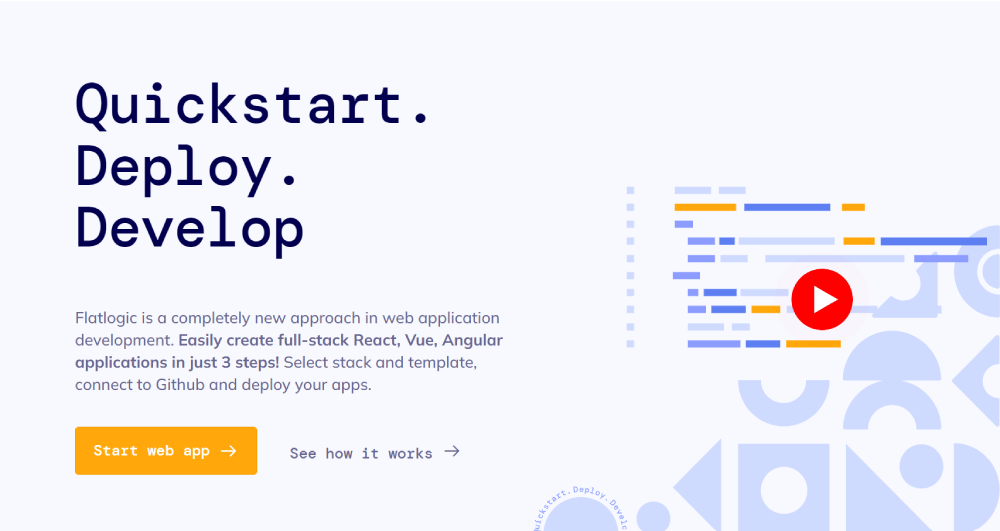AI tools are everywhere in the dev world right now. But let’s be honest—not every flashy feature turns out to be useful in real life. What developers really want are AI features that solve problems, save time, and make code better.
So, instead of chasing the hype, let’s focus on what’s actually working.
Here are 7 AI-powered features that developers are really using—and why they matter.
1. Full-Stack App Generation
The ability to spin up an entire web application—frontend, backend, and database—used to take weeks. Now? It takes minutes.

Flatlogic AI lets you describe your app, choose your stack, and generate:
- Responsive UI (React, Angular, Vue)
- Backend logic (Node.js, Python, .NET)
- Connected database (PostgreSQL, MySQL)
- Authentication + user roles
Why devs love it: It removes all the boring setup and gives you a real, working app to start customizing.
2. Contextual Code Suggestions
GitHub Copilot isn’t just autocomplete—it reads your current file, understands your intent, and predicts what you’re about to write.

Whether you’re creating a function, writing a loop, or handling an API response, Copilot suggests helpful, accurate code that fits your style.
Why devs love it: It makes you faster without being intrusive. You still write the code—you just don’t have to start from zero.
3. Chat-Based Code Exploration
Ever looked at a messy file and thought, “What does this even do?”
With Cursor, you can literally ask that. It lets you “chat with your code” inside an IDE, asking questions like:
- “Where is this function used?”
- “Can you simplify this logic?”
- “What does this API route return?”
Why devs love it: It saves time onboarding to new codebases or cleaning up legacy logic.
4. Instant Refactoring and Documentation
AI doesn’t just help you write new code—it can also clean up what you already have.
Mutable AI is a great example. It refactors bloated functions, renames variables for clarity, and even auto-generates comments and documentation.
Why devs love it: Refactoring is important but time-consuming. AI makes it painless—and makes your code easier to hand off later.
5. Natural Language Data Modeling
Flatlogic AI makes defining your app’s database as simple as typing:
“I need a blog app with Posts, Authors, and Comments.”
It turns that into a real database schema, hooks it up to the backend, and links it to CRUD operations.
Why devs love it: You don’t have to write SQL or ORM configs to get a functional app—you just describe what you need.
6. AI-Assisted Test Generation
Writing tests is often the first thing developers skip when under a deadline. But AI can help by generating test cases based on your code logic.
Tools like Copilot and ChatGPT can:
- Create unit tests from your functions
- Suggest edge cases you might miss
- Help explain why a test is failing
Why devs love it: Tests still matter, but AI makes it easier to get started—and less annoying to maintain.
7. One-Click Deployments with Clean Code
Flatlogic-generated apps are structured and production-ready. You can:
- Deploy immediately via Flatlogic’s built-in deployment
- Export to platforms like Render or Railway
- Maintain your own CI/CD pipeline
Why devs love it: It’s not just a prototype—it’s real, scalable software you can host and extend however you want.
Final Thoughts
The best AI features aren’t gimmicks—they’re practical, time-saving tools that let you skip the busywork and focus on what actually matters: solving problems, building features, and shipping great software.
From full app generation to deep code understanding, tools like Flatlogic AI, Copilot, Cursor, and Mutable AI are redefining how developers work—and it’s only getting better.






